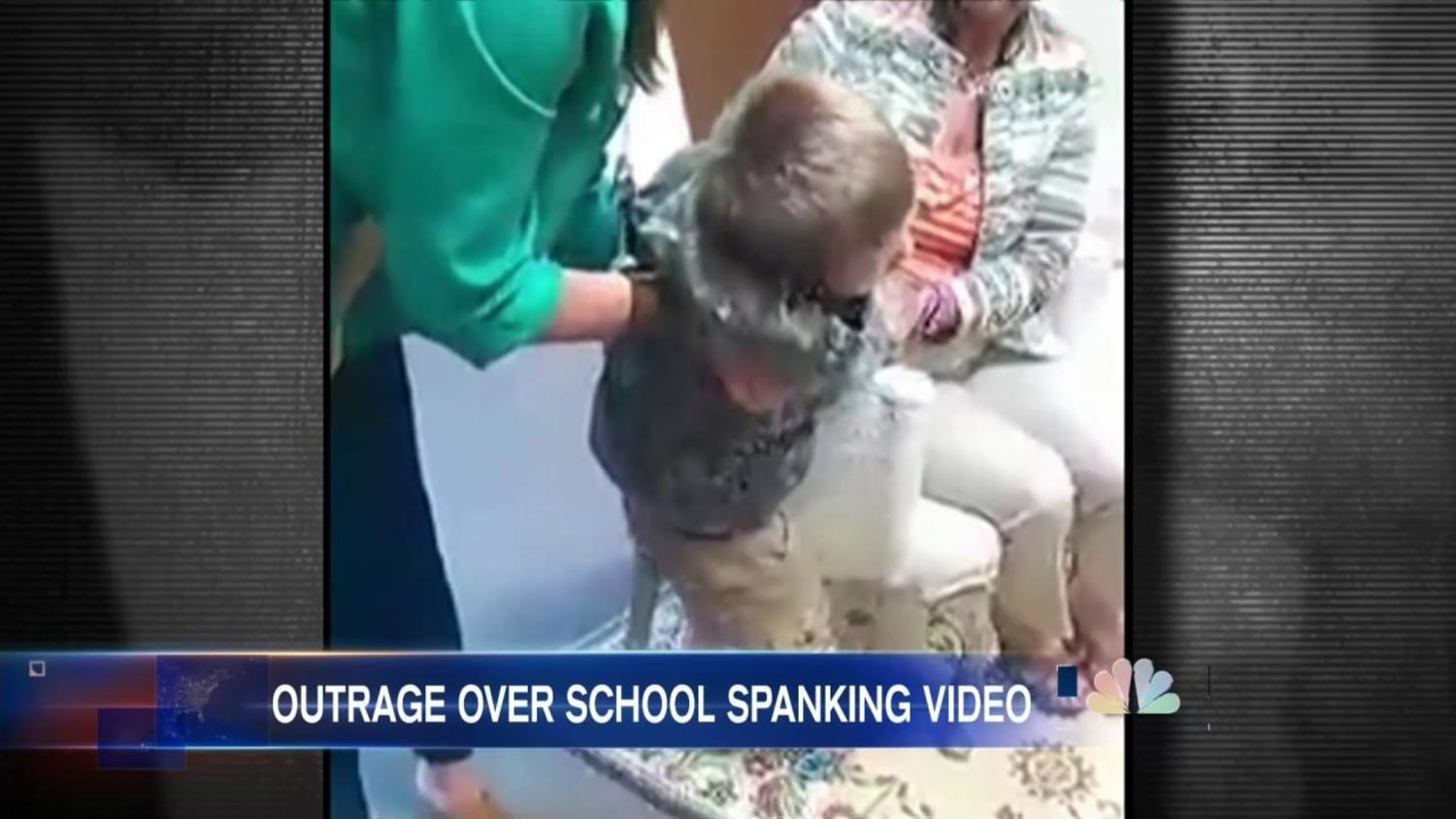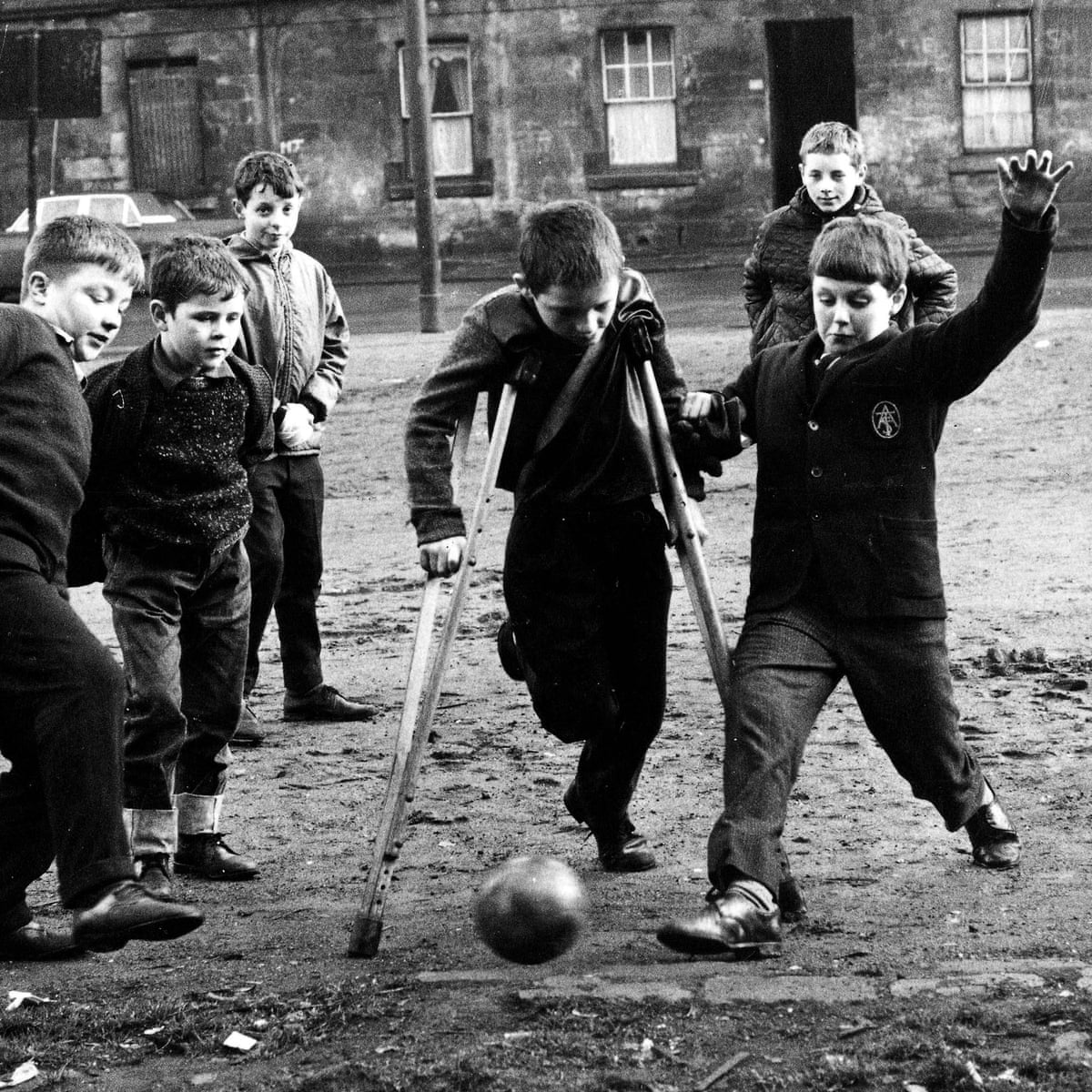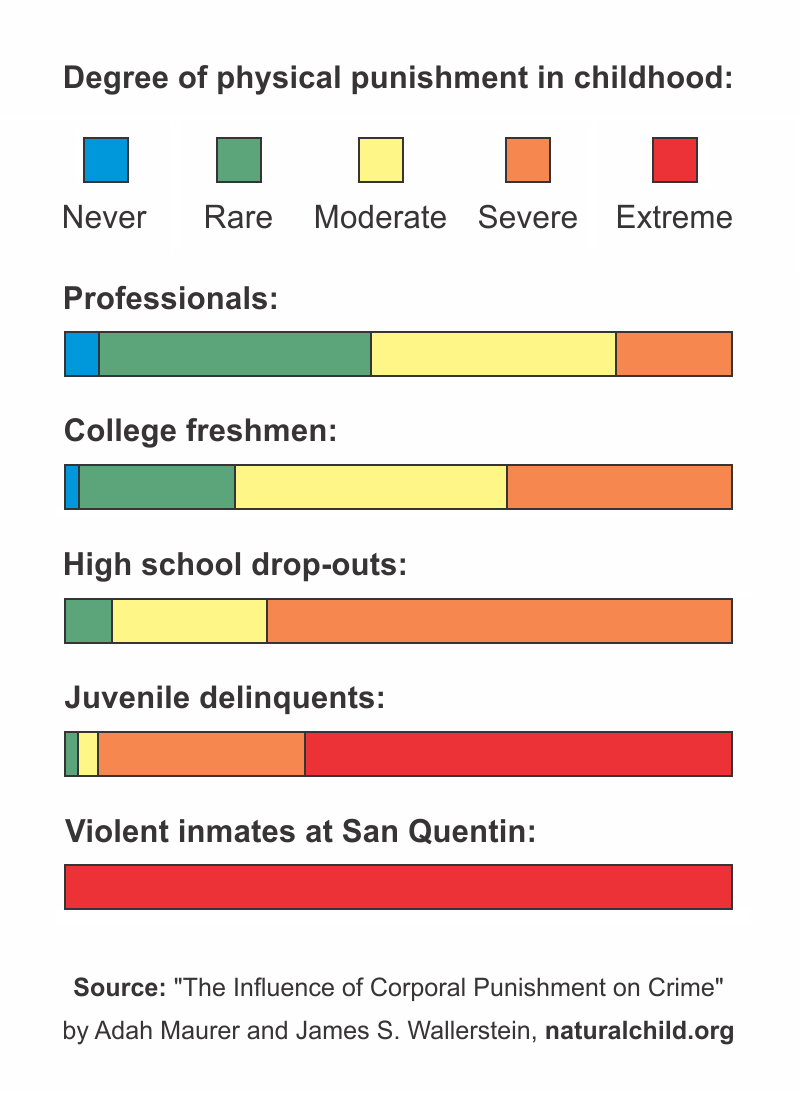Corporal punishment refers to the use of physical force, typically in the form of spanking or slapping, as a means of disciplining or punishing children or adolescents. The debate over whether corporal punishment is a useful and effective method of discipline or a harmful and abusive practice has been ongoing for many years.
On one hand, proponents of corporal punishment argue that it is a necessary and effective way to discipline children and teach them right from wrong. They argue that it can be used as a last resort when other methods of discipline have failed, and that it can help to establish boundaries and teach children to respect authority. They also argue that it is a quick and effective way to get children to comply with rules and follow instructions, and that it is a natural and normal part of parenting.
On the other hand, opponents of corporal punishment argue that it is abusive and harmful to children, and that it is not an effective way to teach children how to behave. They argue that corporal punishment can lead to physical injuries, such as bruises and welts, and that it can also cause psychological damage, such as fear, anxiety, and low self-esteem. They also argue that it can teach children to use physical force to solve problems and to be aggressive towards others, and that it can damage the parent-child relationship.
There is also a growing body of research indicating that corporal punishment is not an effective way to discipline children. Studies have shown that children who are subjected to corporal punishment are more likely to exhibit aggressive behavior, have lower levels of self-esteem, and have poorer relationships with their parents and peers. They are also more likely to engage in risky behaviors, such as substance abuse and criminal activity, later in life. In contrast, children who are discipline through non-violent means, such as positive reinforcement and redirection, tend to have better social and emotional outcomes.
In conclusion, the evidence suggests that corporal punishment is not a good or effective method of disciplining children. It is abusive and harmful, and can have long-term negative consequences for children's physical and emotional well-being. Instead, parents and caregivers should use positive and non-violent methods of discipline, such as setting clear rules and expectations, using positive reinforcement, and providing guidance and support.







